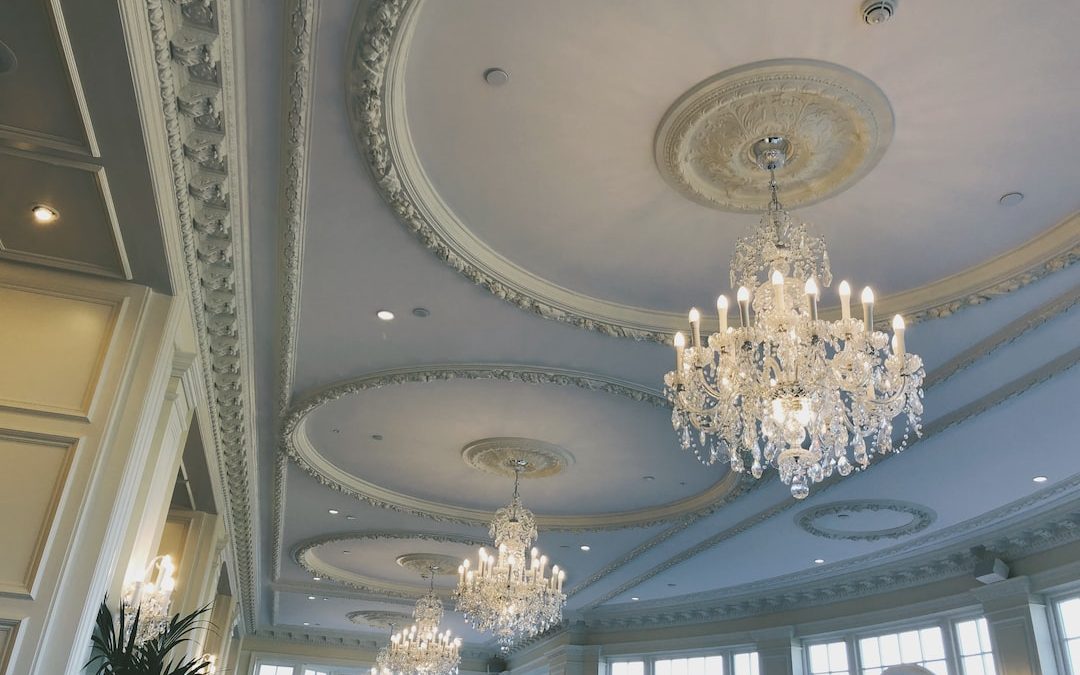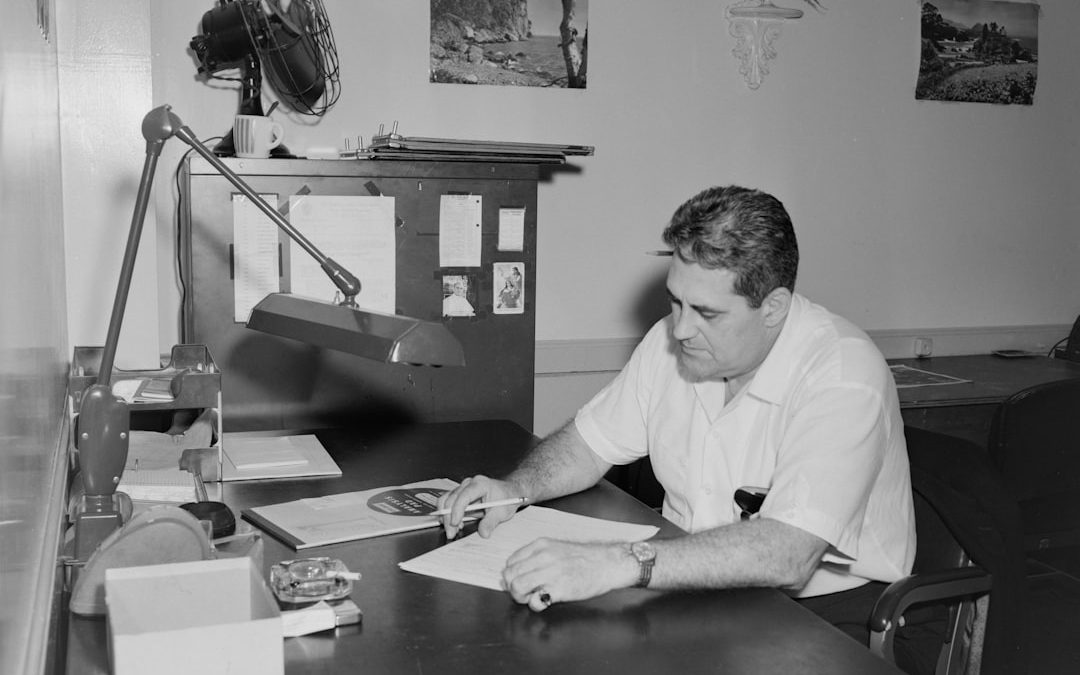The Enigmatic Splendor of the Loki Chandelier: A Timeless Marvel of Contemporary Lighting Design
Introduction
The world of lighting design has seen some remarkable feats in the past few decades, from cutting-edge LED technology to exquisite hand-crafted fixtures. However, few designs have captured the imagination and admiration of both experts and laypeople like the Loki Chandelier. Created by talented artist and lighting designer Daniel Becker, this stunning piece combines engineering prowess, aesthetic sensibility, and symbolic meaning in a way that elevates it above mere decoration. This article delves into the origins, features, and impact of the Loki Chandelier, showing why it is an enduring masterpiece of contemporary art.
Origins and Design Concept
The Loki Chandelier was born out of a commission to create a custom lighting fixture for a private residence in Berlin, Germany. Inspired by the client’s love for Norse mythology, Daniel Becker took on the challenge of designing a chandelier that would reflect the dynamic and paradoxical nature of the trickster god Loki. Becker explains that he wanted to create a piece that “would embody the complexity, ambiguity, and duality of Loki’s personality, as well as his cunning and transformative powers.” To achieve this, he came up with a design that combines metal, glass, and LED components into a dynamic and fluid shape that seems to defy gravity and logic.
The chandelier consists of dozens of clear and smoked glass tubes arranged in various lengths and widths, attached to a central metallic core. The tubes contain LED lights that can be programmed to produce different color and intensity effects, depending on the mood and occasion. From a distance, the chandelier resembles a shimmering, ethereal cloud or a swarm of fireflies, while up close, it reveals its intricate and delicate details. The interplay of light, transparency, and movement creates a mesmerizing and ever-changing visual experience that captures the essence of Loki’s mercurial spirit.
Technical Specifications and Production Process
The Loki Chandelier is not only a work of art but also a engineering marvel. It measures about 1.2 meters in diameter and weighs around 25 kilograms, making it a substantial and imposing object. The glass tubes are made of borosilicate, a type of glass that is highly resistant to temperature changes, shock, and stress. The tubes are hand-blown by skilled artisans in a small German factory, where each tube undergoes a rigorous quality control process to ensure uniformity and durability. The metal core is made of brass, which is bent and welded by hand to the desired shape and size. The LED components are sourced from reputable suppliers and integrated into the tubes by means of tiny fiber-optic cables. The programming of the lights is done by computer, using a sophisticated software that enables the user to create and save different lighting scenarios.
The production process of the Loki Chandelier is a labor-intensive and time-consuming affair, taking around two to three months from conception to completion. Daniel Becker collaborates closely with a team of technicians, craftsmen, and designers to bring his vision to life. Each step of the process requires a high level of expertise, precision, and creativity. Moreover, since the chandelier is made to order and tailored to each client’s needs and preferences, there is no standard version of it. Every Loki Chandelier is unique and bespoke, reflecting the personality and taste of its owner.
Symbolic Meanings and Interpretations
The Loki Chandelier is not merely a visual and technical wonder; it also harbors a wealth of symbolic meanings and interpretations that add depth and richness to its aesthetic value. Daniel Becker explains that he wanted to imbue the chandelier with the same ambiguity and duality that characterizes the Norse god Loki. According to mythology, Loki is a shape-shifter who can assume various forms and identities, from a charming trickster to a malevolent villain. He is a deeply flawed and complex character who embodies both creativity and destruction, selfishness and selflessness, humor and rage. Likewise, the Loki Chandelier is a paradoxical object that combines fragility and strength, simplicity and complexity, tradition and innovation. It challenges our preconceptions about what a chandelier should look like and what it should represent.
Some observers have read the Loki Chandelier as a comment on the state of modern society, where identity, values, and beliefs are constantly shifting and evolving. They see in the chandelier a reflection of the postmodern condition, where truth is relativized, meaning is fragmented, and reality is constructed. Others have seen in it a tribute to the beauty and resilience of natural phenomena, such as clouds, waves, or flames. They interpret the chandelier as a celebration of the organic and fluid forms that surround us and inspire us. Still, others have appreciated the chandelier for its sheer aesthetic appeal, without requiring any symbolic or philosophical explanation.
Impact and Reception
Since its creation in 2012, the Loki Chandelier has garnered widespread attention and accolades from both the art and design communities and the general public. It has been exhibited in several prestigious shows, such as the Salone del Mobile in Milan and the Maison&Objet in Paris, and has won numerous awards, such as the Design Plus Award and the Red Dot Design Award. Its popularity has led to a growing demand for replica or similar versions of it, which have been produced in China and other countries. However, Daniel Becker has stressed that he does not endorse or authorize any reproduction of his work, and that he regards the chandelier as a unique and irreplaceable creation.
The reception of the Loki Chandelier has been largely positive, with many critics and enthusiasts praising its originality, elegance, and innovation. Some have called it a “masterpiece of contemporary lighting design,” while others have hailed it as a “cultural icon of the 21st century.” Its appeal has transcended national, cultural, and generational boundaries, appealing to anyone who appreciates beauty, creativity, and excellence. Its impact on the field of lighting design has also been significant, inspiring a new generation of designers to explore the potential of glass, LED, and digital technologies in their work.
Conclusion
The Loki Chandelier is more than a lighting fixture; it is a work of art that reflects the creative potential and cultural significance of contemporary design. Combining technical ingenuity, aesthetic sophistication, and symbolic depth, it embodies the paradoxical and dynamic nature of the Norse god Loki, as well as the complexity and diversity of our age. Created by Daniel Becker as a unique and personalized commission, it has become a cultural icon and a beacon of inspiration for designers and art lovers around the world. Whether regarded as a comment on our times, a tribute to nature, or simply a beautiful object, the Loki Chandelier continues to fascinate and delight us with its enigmatic splendor.


